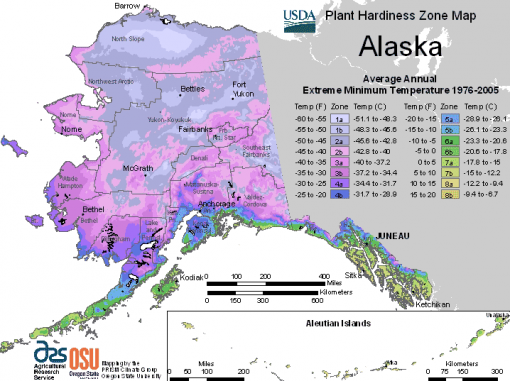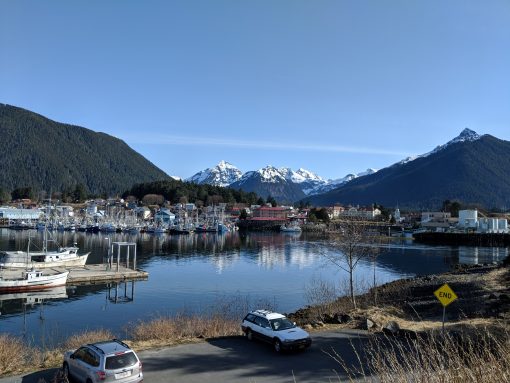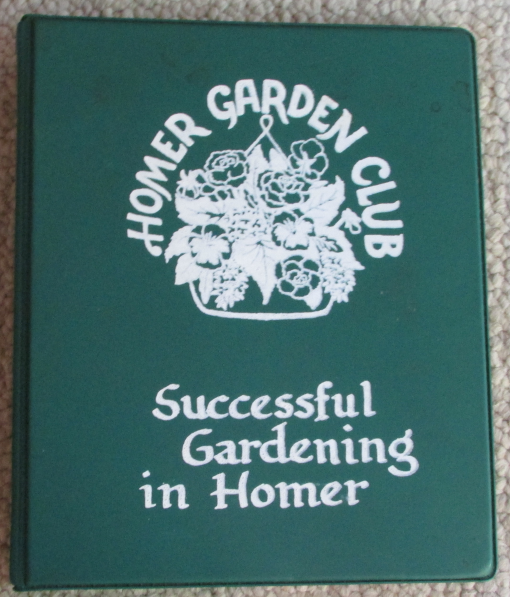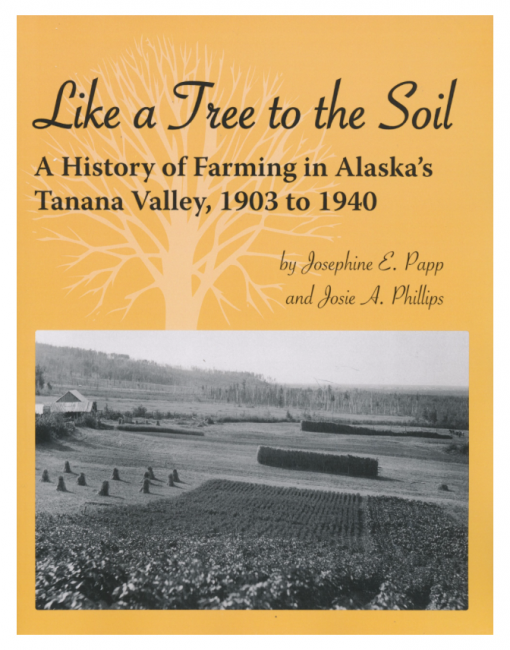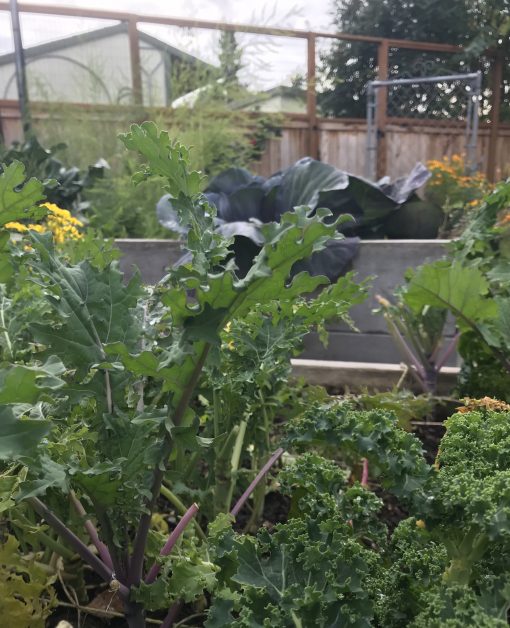
Gardening in North Anchorage Every spring I feel a hint of jealousy when my mother describes the new growth in her garden. She lives in New York state where she enjoys a longer frost-free period and Zone 6a hardiness. Just like any northern climate, gardening in Anchorage has challenges. However, with careful site and plant selection, by the end of summer it’s not too hard to have an abundant garden that makes even a New York mother envious. Between the moderating effect of Cook Inlet’s water and the steep rise Read More …
